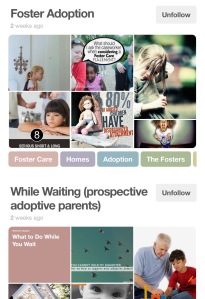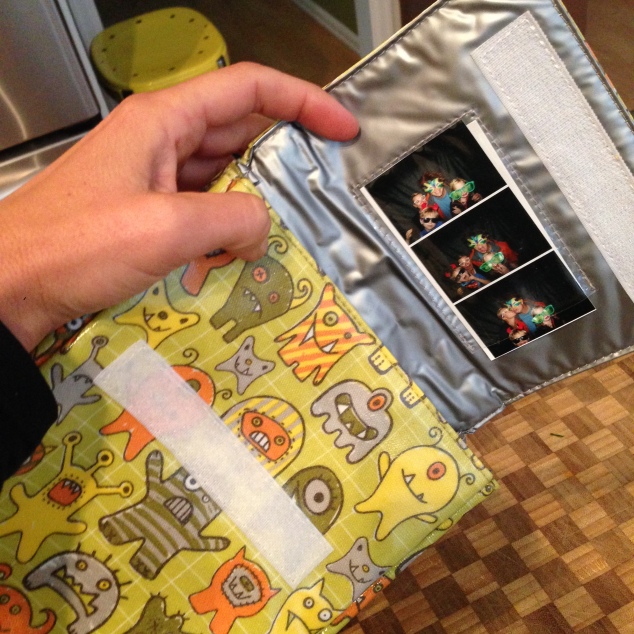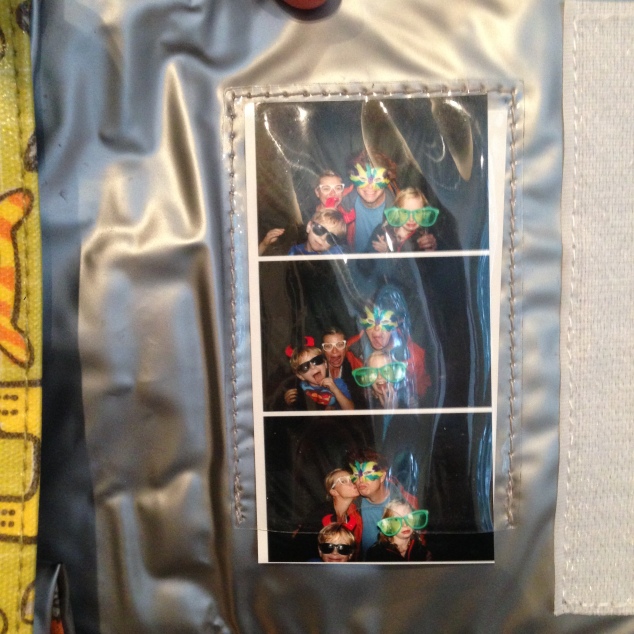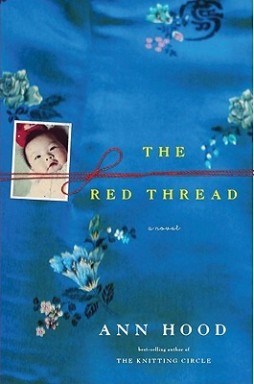
November is National Adoption Awareness Month. In the spirit of bringing awareness to adoption, our agency mission and the successes of families we serve — we are filling our blog with guest stories throughout this month. Chrysalis House, Inc. believes in the power of sharing experiences and in learning from the stories of others. We present this series, realizing the words might be the insight that an adoptive family, adoptee or birthparent is searching the internet for!
Our sincerest thanks to the families who have put their lives into words. We are still accepting submissions through the month of November! Please send your submissions to stacy@chrysalishouse.com.
Please enjoy another story of: International Adoption. This family has an enormous heart for adoption and specifically special needs children. They have built a beautiful family and it’s been our agency’s pleasure to follow them on an amazing journey…
If you would be interested in adopting a special needs child please contact the agency @ 559.229.9862.
****************
On Building our “Team”
Sean and I met in high school. We were high school sweet hearts and married shortly after he graduated from college. We always thought we would have two children and be a quaint little family. We pursued our college educations and began our adventure. In the next few years, God began working and moving in our hearts. We had our first child and then our second. We named them Deanna and Dylan and thought that those were cute little names for our quaint family of four. As our careers continued in the fields of accounting and psychology, respectively, we settled in to family and professional life. Then, God bestowed on us another blessing and we were expecting another baby. We would name him Darren and stick with our cute little “D” name theme as he would be our last child and we would be a quaint family of five. As our family had grown so did our faith. We began to earnestly seek God and seek His will in our lives.
In 2003, as life was taking us through the experiences of family, church, work, and daily life events, our oldest daughter began to ask questions about the plight of the orphan that would compel us to search our own hearts for meaningful answers. As she tried to wrap her six-year-old mind around the complex world issues of hunger, pain, and the life of an orphan, she asked us pointed questions like: “If orphans need a family and food, and we have a family and food, then why can’t we adopt an orphan so that they no longer need a family.” And “Why do we only give clothes to orphans when what they really need is a mommy and daddy?” Followed by, “Why can’t we do more for the orphans? Why can’t we let them live with us? We have a home. We have lots of love. We can be a family for the orphans, can’t we?”
We were the parents so we really did not have to answer those pointed questions. After all, we had just given birth to Derrick (yes, baby number 4). And yet, we also wanted to be forthright with our children and help them to think like world-changers. Those innocent yet powerful questions forced us to search for answers deep within ourselves. Sean and I began to dialog, “If not us, then who? If not now, then when? Why not us? Why not now?” The next thing we knew, our hearts were changed and we would add one more child to our growing family through adoption. We would soon begin to call our family a team as we learned that we were better together, that each member was significant, that each of us had a vital role, and that each child had blessed us immensely. In 2004 we received the referral through China’s non-special needs program for a little girl that we would name Dory (cuz we had to stick to the “D” name theme). She captured our hearts with her gentle grace and her tender smile. Her delicate little fingers and her sweet voice are more than we could have ever dreamed of. Now our family was complete!
But then in 2006, I received an email asking me to look at the file of a little girl with a limb difference orphaned in Jiangxi, China. She was on a waiting child list. Her right arm was very small and she did not have a hand. I knew our family was complete, but I thought I would at least look at her picture and pray for her. When I first caught sight of her picture, I could not breathe. I sat motionless and I gazed into the face of a little girl that would once again change our lives. When I looked at her, I saw a little girl with a spark in her eyes and a beauty that took my breath away. I immediately emailed Sean and begged him to take a look at this little girl. I told him that she had a minor special need and that arms are really overrated. We prayed, we petitioned for this child, we prayed some more, and we realized that this was to be our daughter. With the adoption of Deanna we realized that no one had truly prepared us for the adoption of a special needs child. Oh, our social worker had gone over the checklists and the cautions with us. We learned all about toddler adoption, limb differences, the potential challenges that special needs adoption could include. And yet no one had prepared us for the amazing blessings we would experience being parents of a child with special challenges. We were not prepared to witness our daughter’s tenacity, her strength, her sheer pleasure in achieving a difficult task after repeated tries. While we initially set out to make a difference in the life of an orphan, we were the ones who were blessed beyond measure. And our family was now complete.
Then in January of 2008, Deanna, our oldest daughter approached me in my office. She was now 12 years old and fully knew and understood the commitment and sacrifice of adoption. We had been home with Deanna for just a few short months and she said, “Mom, I’ve been thinking…” Something about the look in her eyes told me she had been contemplating the orphans of the world. After much prayer and consideration, the Lord moved us to adopt again from the special needs program in China. Some might wonder why on earth we would adopt yet another child. We did already have 6 children. However, we have a passion for making a difference in the lives of the orphans of the world. It is that very passion that brings us pure joy and delight. It is that very passion that navigates us to action in order to make a difference in the eternal things. It is that very passion that causes us to seek God’s will and then ask Him how He would like to use us. While we ache to make a difference in the world, selfishly we also know that we are truly the ones who have been blessed beyond measure when we have added to our family as love abounds through adoption. It is really a paradox in that we reach out and yet our lives are the ones that each new addition has blessed.
Hope for the best, prepare for the worst.
And so in June of 2009, we went to China to bring home 3-year-old Damian. We spotted him on a waiting child list and knew he belonged on our team. Damian was born with congenital birth defects and has a “little leg” and a missing finger. While we are now experienced adoptive parents, we have learned that each adoption is unique and has its own twists and turns.
When we were in China, we learned that Damian had medical issues that we had not anticipated as they were not listed on his original referral. We had already chosen this little boy and had claimed him as our own. For us, that meant that we claimed him as a whole package. Before we left for China, we had decided that he was born to be our son and that we would face each new challenge like we would with any of our children. As his parents, we would find resources and we would get through all unknown territory as a team. With Damian we have learned that legs, just like arms, are overrated. This little boy has a zest for life and lives abundantly.
Learn about your resources and have positive, supportive people in your life.
Damian’s additional medical needs translate as working closely with a few additional medical specialists. He will have a few more surgeries than we initially anticipated. He now has a pediatric ophthalmologist, a urologist, a geneticist, a dentist, a handful of orthopedic surgeons, a physical therapist, an occupational therapist, an entire staff at Shriner’s Hospital, and most importantly his new family all on his team. Here in America the medical care far surpasses that which he would have had access to in China as an orphan. We have learned that we can choose to cross one bridge at a time and not let fear creep in to our minds. Our son is thriving in his new family. In just four short months, he has learned English, learned about unconditional love, learned about being a brother and a son, learned about loss and gain, and learned that families stick together no matter what. And so now, once again, our family is complete (for now).
Life is not a journey to the grave with the intention of arriving safely at Heaven’s gates in a pretty and well preserved body, but rather to skid in broadside, thoroughly used up, totally worn out, and proclaiming, “Wow, what a ride!!!” ~Author Unknown
***Family Names have been changed to preserve Confidentiality.






